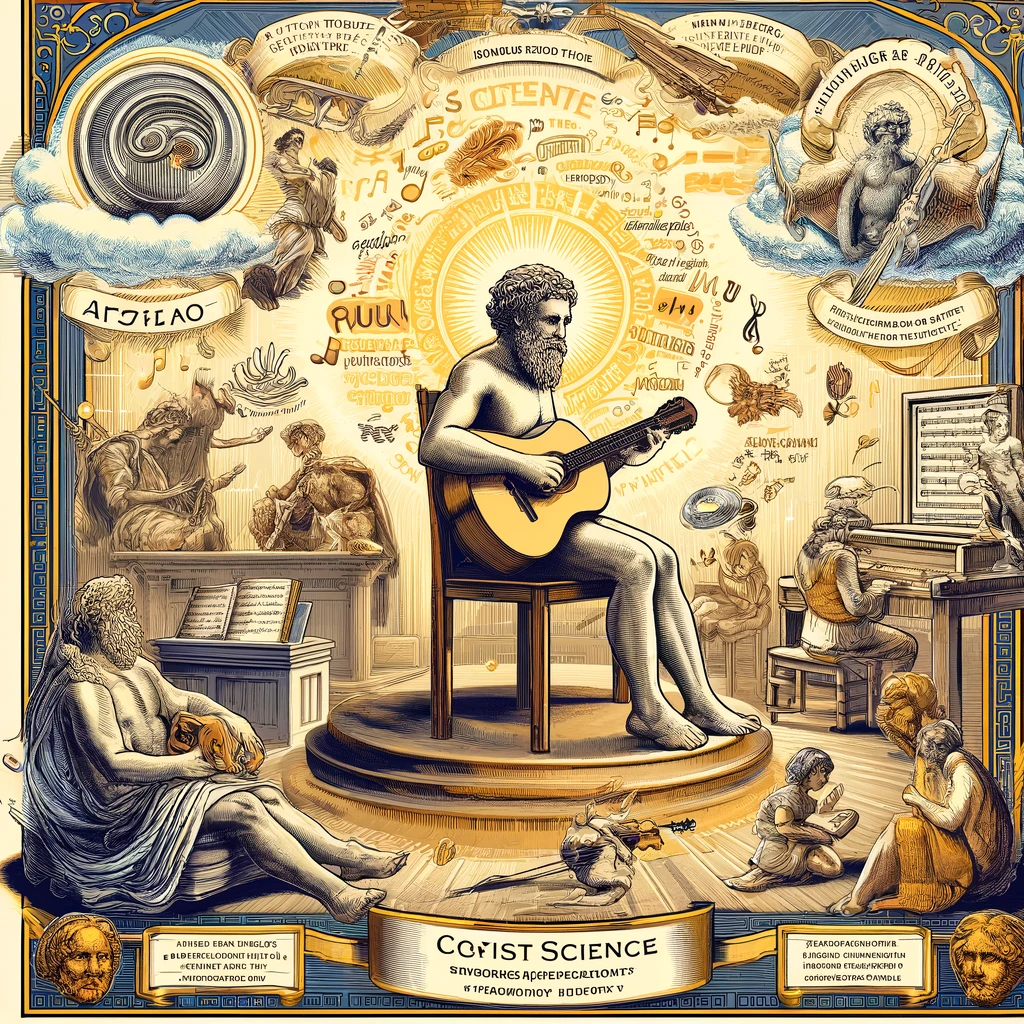Using Music to Treat Epilepsy in Children
Abstract
“The idea of music having therapeutic effects on human health and behavior is as ancient as the writings of Aristotle and Plato. The therapeutic potential of music has largely been explored in cognitive science. Since the scientific report of the “Mozart effect” was published by Rauscher et al, much attention has been given to the therapeutic role of music in the treatment of human physiology.”
Content
Using Music to Treat Epilepsy in Children
A Review
Lung-Chang Lin, MD, PhD1
Rei-Cheng Yang, MD, PhD1ਪ*’
1Department of Pediatrics, Kaohsiung Medical University Hospital, Kaohsiung Medical University, Kaohsiung City, Taiwan
Rei-Cheng Yang, MD, PhD, Department of Pediatrics, Kaohsiung Medical University Hospital, Kaohsiung Medical University, #100, Tzu-you 1st Road, Kaohsiung City, 80708, Taiwan. Email: rechya@kmu.edu.tw
Abstract
Music is a unique product of human culture. The idea of music having therapeutic effects on human health and behavior is as ancient as the writings of Aristotle and Plato. The therapeutic potential of music has largely been explored in cognitive science. Since the scientific report of the “Mozart effect” was published by Rauscher et al, much attention has been given to the therapeutic role of music in the treatment of human physiology. Although studies about music as a therapeutic option in human epilepsy are limited, emerging evidence has indicated that there may be beneficial effects of music on children with epilepsy. This review aims to summarize the current evidence of music’s potential in treating epilepsy, particularly in children. It includes musical processing in the human brain, the positive effects of music on neurologic function, and music therapy in epileptiform discharges and seizure frequencies. Evidence of short-term and long-term effects on epileptiform discharges and long-term effects on refractory epilepsy is provided. Finally, the role of music components and the potential mechanisms governing the beneficial effects of music are discussed.
http://mmd.sagepub.com/cgi/content/abstract/5/4/242
Music therapy is an alternative or complementary approach that has been explored for its potential benefits in managing epilepsy, particularly in children. While music therapy is not a substitute for medical treatment, it can be used as a supportive intervention to improve quality of life and address various aspects of epilepsy management. Here are some ways in which music therapy may be utilized in treating epilepsy in children:

1. Stress Reduction: Stress and anxiety can exacerbate seizures in individuals with epilepsy. Music therapy techniques, such as deep breathing exercises, relaxation techniques, and guided imagery, can help children manage stress and promote relaxation, potentially reducing the frequency or severity of seizures.
2. Emotional Regulation: Children with epilepsy may experience emotional challenges related to their condition, such as frustration, fear, or sadness. Music therapy provides a creative outlet for expressing emotions and processing difficult feelings in a safe and supportive environment.
3. Cognitive Stimulation: Music therapy activities can engage cognitive functions such as attention, memory, and executive functioning. Musical games, improvisation, and structured exercises can stimulate cognitive skills and promote neuroplasticity, potentially enhancing cognitive functioning in children with epilepsy.
4. Sensory Stimulation: Music therapy utilizes auditory, visual, and tactile stimuli to engage the senses and promote sensory integration. Sensory stimulation through music can be tailored to individual preferences and sensitivities, providing a multisensory experience that supports overall well-being.
5. Motor Skills Development: Playing musical instruments, singing, and engaging in rhythmic activities can support the development of motor skills in children with epilepsy. Music therapy interventions that involve movement and coordination tasks can help improve fine and gross motor skills, coordination, and balance.
6. Social Interaction: Group music therapy sessions offer opportunities for social interaction, peer support, and building social skills. Children with epilepsy may benefit from participating in musical activities with their peers, fostering a sense of belonging and community.
7. Self-Expression and Creativity: Music therapy encourages self-expression and creativity, allowing children to explore and communicate their thoughts, feelings, and experiences through music. Creative expression can promote self-esteem, empowerment, and a sense of agency in children with epilepsy.
It’s important for music therapy interventions to be tailored to the individual needs, preferences, and goals of each child with epilepsy, taking into account factors such as seizure frequency and severity, cognitive abilities, motor skills, emotional well-being, and overall developmental status. Additionally, music therapy should be integrated into a comprehensive treatment plan in collaboration with medical professionals, including neurologists, epileptologists, and other members of the healthcare team.